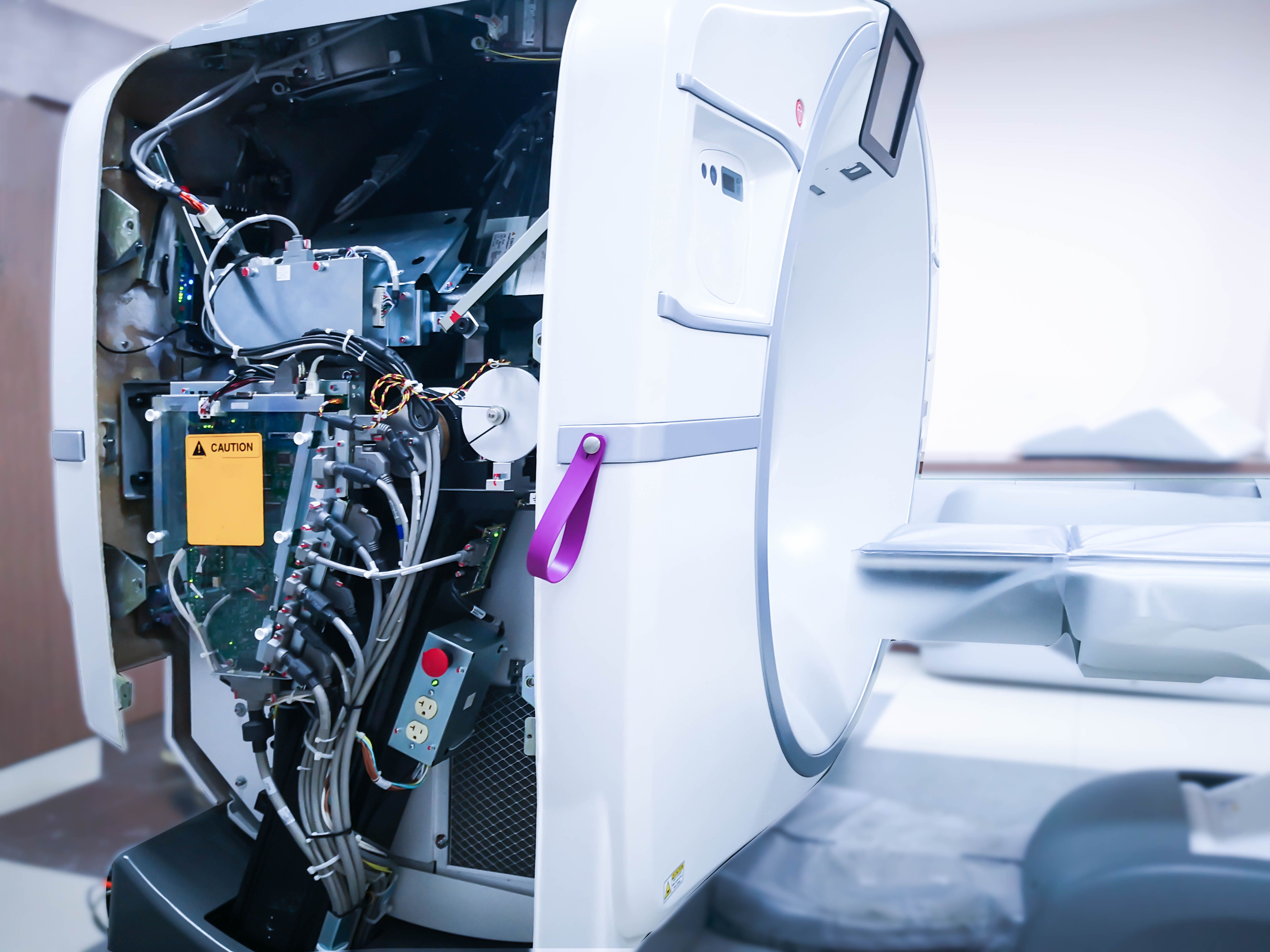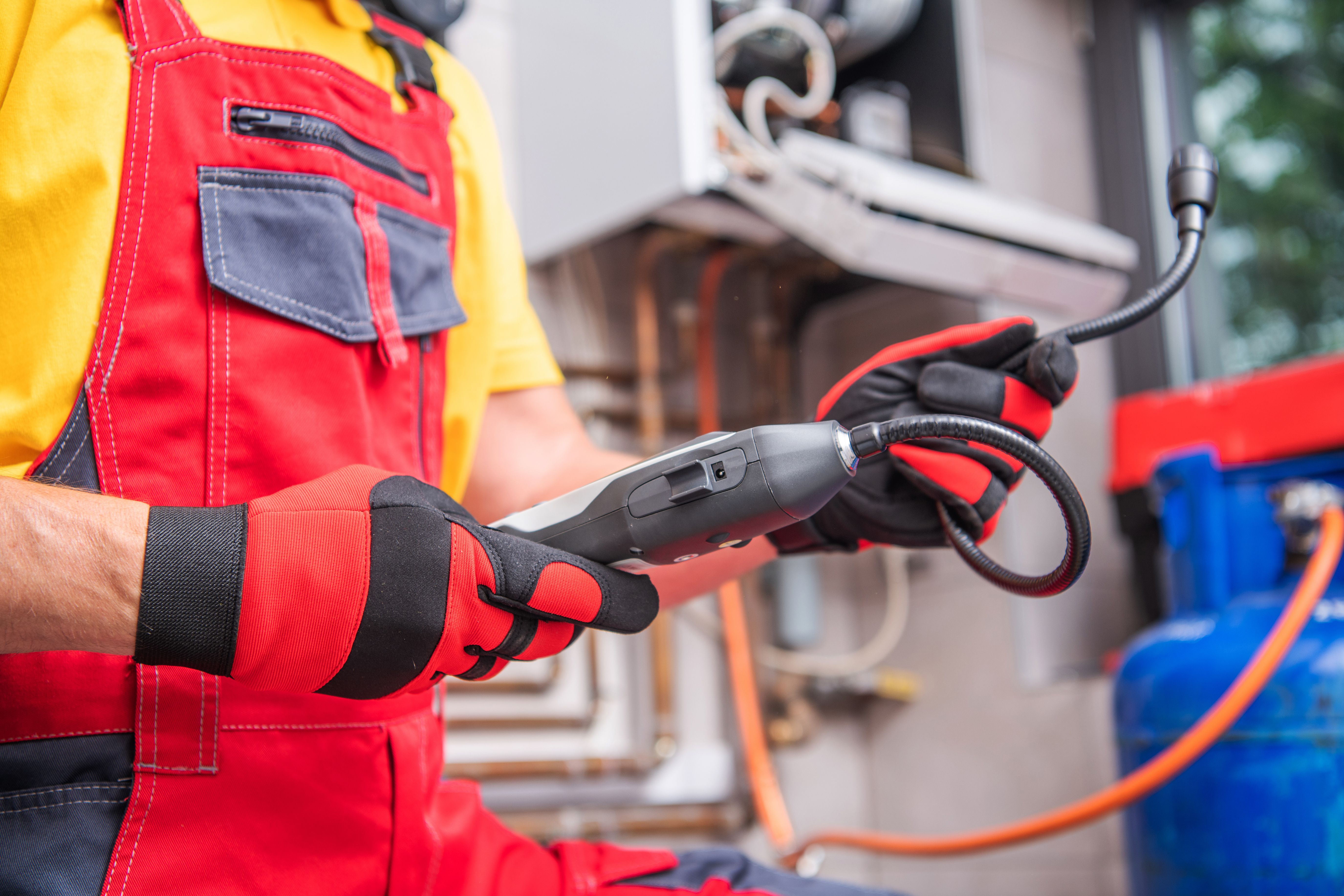Maximizing Medical Equipment Lifespan through Regular Maintenance
The Importance of Regular Maintenance
In the fast-paced world of healthcare, ensuring that medical equipment operates efficiently is crucial. Regular maintenance not only extends the lifespan of these valuable assets but also enhances their performance. Medical equipment is a significant investment, and neglecting its upkeep can lead to costly repairs or replacements. By implementing a proactive maintenance strategy, healthcare facilities can optimize their equipment’s functionality and reliability.

Benefits of Routine Inspections
Conducting routine inspections is a fundamental aspect of regular maintenance. These inspections help in identifying potential issues before they become major problems. By detecting wear and tear early, healthcare providers can prevent unexpected breakdowns. This proactive approach ensures that the equipment is available when needed, minimizing disruptions in patient care and avoiding delays in critical procedures.
Moreover, routine inspections contribute to maintaining compliance with industry standards and regulations. Adhering to these guidelines not only ensures patient safety but also protects the facility from legal liabilities. Regular checks and updates can lead to improved equipment accuracy, which is vital for precise diagnostics and treatments.
Implementing a Preventive Maintenance Program
A comprehensive preventive maintenance program is essential for maximizing the lifespan of medical equipment. This program should include scheduled servicing, calibration, and testing. By following manufacturer recommendations and creating a detailed maintenance schedule, healthcare facilities can keep their equipment in optimal condition.
Preventive maintenance programs also involve training staff on proper equipment usage and handling. Educating personnel on best practices reduces the risk of misuse, which can lead to equipment damage. A well-informed team is better equipped to identify potential issues and report them promptly.

The Role of Technology in Maintenance
Technology plays a significant role in modern maintenance strategies. Many healthcare facilities are now using computerized maintenance management systems (CMMS) to streamline their processes. CMMS software allows for efficient tracking of maintenance activities, scheduling, and documentation. This technology helps ensure that no maintenance task is overlooked and that all equipment is serviced according to plan.
Additionally, some advanced systems offer predictive maintenance capabilities using IoT sensors and data analytics. These tools analyze equipment performance data to predict failures before they occur, allowing for timely interventions. This predictive approach reduces downtime and extends the life of medical equipment significantly.
Cost-Effective Strategies
While implementing a regular maintenance schedule might seem costly upfront, it is a cost-effective strategy in the long run. Preventive maintenance reduces the likelihood of expensive emergency repairs and extends the lifespan of equipment, delaying the need for replacement purchases. By investing in regular upkeep, healthcare facilities can allocate resources more efficiently and improve their financial health.

Conclusion
Maximizing the lifespan of medical equipment through regular maintenance is invaluable for any healthcare facility. By adopting a structured approach that includes routine inspections, preventive programs, and leveraging technology, facilities can ensure their equipment remains reliable and functional. This commitment to maintenance not only safeguards investments but also enhances patient care by ensuring that medical devices are always ready and accurate when needed.
